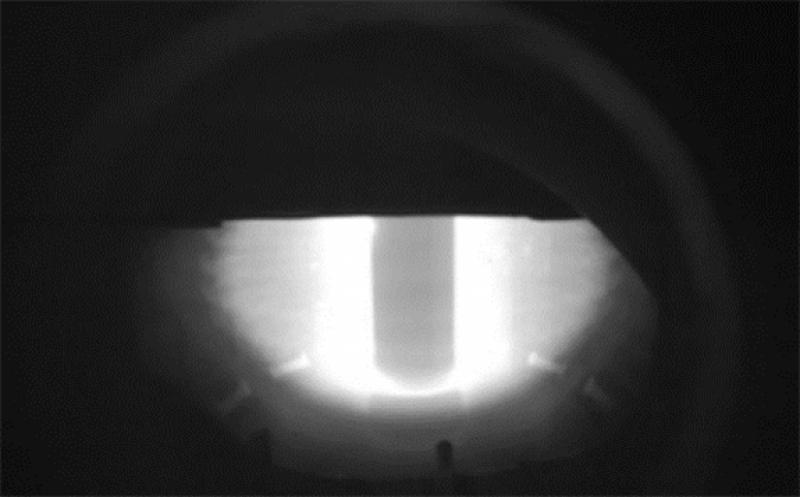UK takes a major step forward in its plans to commercialise a nuclear fusion power plant by 2040, inviting local communities to submit bids to host the country's inaugural project.

The search for the home of Britain's first nuclear fusion power station is now on, after the government yesterday invited communities across the UK to nominate their local area as the site for the ground-breaking zero emission power project.
Local authorities, businesses, landowners, and Local Enterprise Partnerships have until March to submit an application that sets out why their region is the right place to host the UK's prototype fusion plant, dubbed the Spherical Tokamak for Energy Production (STEP).
The government is aiming to get the prototype nuclear fusion plant that can provide a new source of clean energy to the UK's power grid up and running by 2040, and has committed to spending £222m on the early-stage design phase of the project.
Under the plans, the region surrounding the plant would become a "global hub for fusion energy and associated industries", with thousands of jobs expected to be generated during the construction and operation of the zero emission power plant and the development of its associated supply chains, the government emphasised. The chosen location would also host a new science and technology hub, it added.
Business Secretary Alok Sharma said: "We want the UK to be a trailblazer in developing fusion energy by capitalising on its incredible potential as a limitless clean energy source that could last for generations to come.
"Communities across the country have an incredible opportunity to secure their place in the history books as the home of STEP, helping the UK to be the first country in the world to commercialise fusion and creating thousands of highly skilled jobs to drive our green industrial revolution."
Assessment of potential sites will take around two years, with the winning site set to be announced by the Business Secretary in 2022, the government said. Land conditions, grid connection, and water supplies will all be taken into account.
Advocates of nuclear fusion argue it could prove a source of unlimited power that would accelerate the energy system's move away from fossil fuels which meeting soaring energy demand as industries electrify, the green hydrogen sector expands, and the global population swells. Unlike nuclear fission power plants commonplace today, nuclear fusion does not emit high-activity toxic waste and its only biproduct is helium, an inert, non-toxic gas.
However, critics point out that huge hurdles remain to the commercialisation of the so far unproven technology, and that tried and tested fossil fuel alternatives - such as wind, solar, and energy storage - offer a more economical and timely method of tackling climate change.
But UK Atomic Energy Authority chief executive professor Ian Chapman said the government's STEP programme was now entering a new phase, "moving from research and development to delivery".
"It will prove that fusion is not a far-off dream, but a dawning reality with the UK leading the commercial development of fusion power and positioning itself as a pioneer in sustainable fusion energy," he said.
Chapman added that the project would require "all the ingenuity and application of the UK's science and engineering industry", as well as close collaboration with industrial partners, "not just to invest, but also to support the technical evolution of the programme."
"We are confident that working together with partners in the UK and around the world will enable the UK to bring a revolutionary technology to market," he added.
Following the recent powering up of an nuclear fusion energy test site in October, the government is aiming to produce a concept design for STEP by 2024 that includes an outline of the prototype power plant and a "clear view" of how future systems will be designed.
The project is expected to then enter into a detailed engineering design phase where permissions and consents will be sought, with a view to start construction in 2032, the government said.
This article is reproduced at www.businessgreen.com